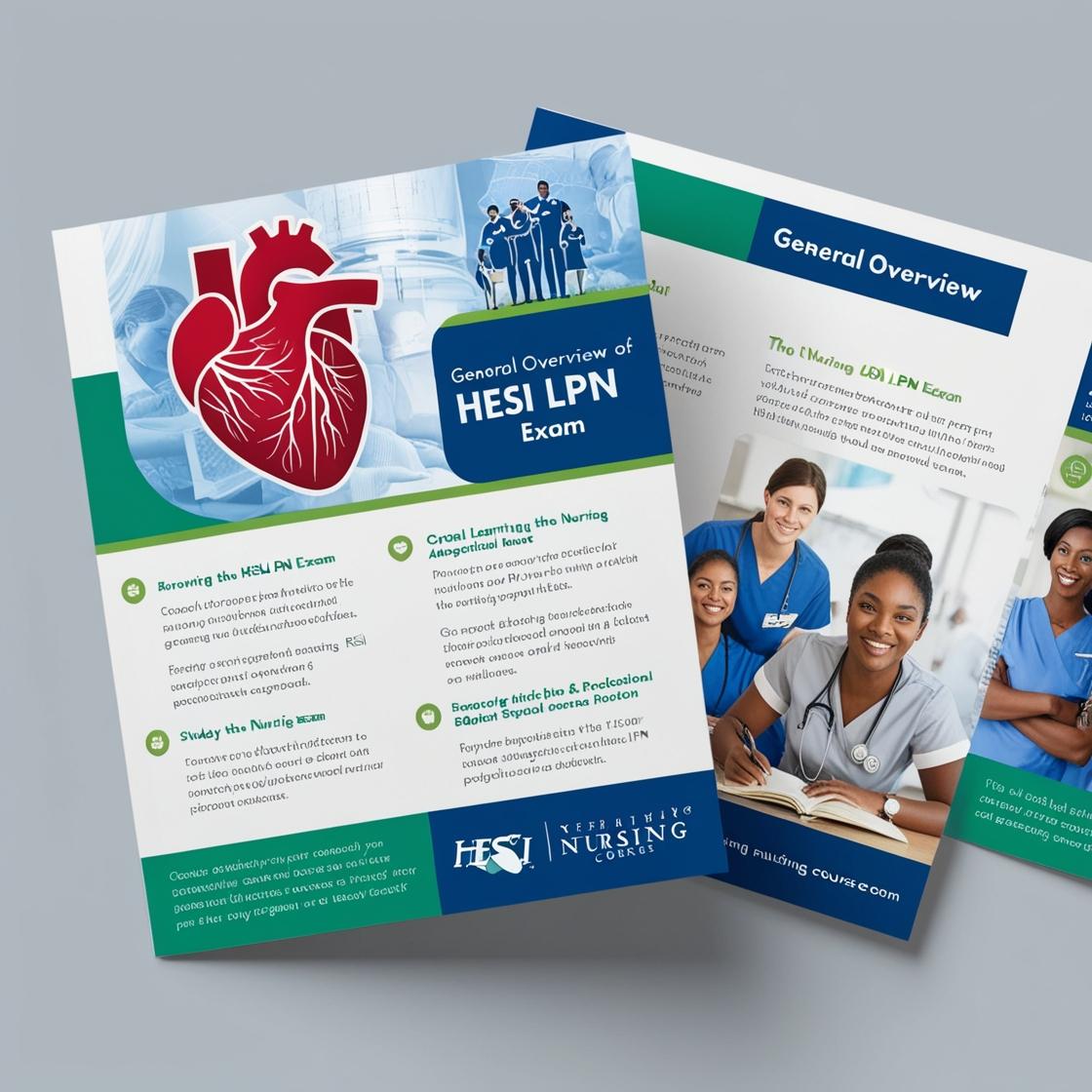HESI LPN
Pediatric HESI 2023
1. A child with a diagnosis of gastroesophageal reflux disease (GERD) is being discharged. What dietary instructions should the nurse provide?
- A. Avoid spicy foods
- B. Avoid gluten
- C. Avoid high-fat foods
- D. Avoid dairy products
Correct answer: C
Rationale: The correct dietary instruction for a child with GERD is to avoid high-fat foods. High-fat foods can relax the lower esophageal sphincter, leading to increased reflux. While avoiding gluten may be necessary for individuals with gluten sensitivity or celiac disease, it is not a standard recommendation for GERD. Avoiding spicy foods and dairy products may help some individuals with GERD, but the most crucial dietary advice is to avoid high-fat foods.
2. When teaching a class about trisomy 21, the instructor would identify the cause of this disorder as:
- A. nondisjunction.
- B. X-linked recessive inheritance.
- C. genomic imprinting.
- D. autosomal dominant inheritance.
Correct answer: A
Rationale: The correct answer is A: nondisjunction. Trisomy 21, also known as Down syndrome, is caused by nondisjunction, which is an error in cell division leading to an extra copy of chromosome 21. This additional genetic material alters the course of development and causes the characteristics associated with Down syndrome. Choices B, C, and D are incorrect. X-linked recessive inheritance refers to genetic disorders carried on the X chromosome, genomic imprinting involves gene expression based on parental origin, and autosomal dominant inheritance relates to disorders caused by a dominant gene on one of the non-sex chromosomes. In the case of trisomy 21, the cause is specifically related to the error in chromosome division, making nondisjunction the most appropriate answer.
3. A parent brings an 18-month-old toddler to the clinic. The parent states, 'My child is so difficult to please, has temper tantrums, and annoys me by throwing food from the table.' What is the nurse’s best response?
- A. “Toddlers need discipline to prevent the development of antisocial behaviors.”
- B. “Toddlers are learning to assert independence, and this behavior is expected at this age.”
- C. “It is best to leave the toddler alone in the crib after calmly explaining why the behavior is unacceptable.”
- D. “This is the way a toddler expresses needs, and this behavior is acceptable during the initiative stage of development.”
Correct answer: B
Rationale: The correct answer is B: 'Toddlers are learning to assert independence, and this behavior is expected at this age.' At 18 months old, toddlers are in the stage of developing autonomy and testing boundaries. It is normal for them to exhibit behaviors such as temper tantrums and defiance as they explore their independence. Choice A is incorrect as discipline at this age is more about setting limits and providing guidance rather than preventing antisocial behaviors. Choice C is inappropriate as leaving a toddler alone in a crib after explaining unacceptable behavior is not a recommended approach for managing toddler behavior. Choice D is incorrect as the described behavior is typical of toddlers asserting independence, not related to the initiative stage of development. The best response involves acknowledging the child's developmental stage and understanding that these behaviors are part of their normal growth and development.
4. A premature infant with respiratory distress syndrome (RDS) receives artificial surfactant. How does the nurse explain surfactant therapy to the parents?
- A. Surfactant improves the ability of your baby’s lungs to exchange oxygen and carbon dioxide.
- B. The drug prevents your baby from requiring excessive sedation.
- C. Surfactant is used to reduce episodes of periodic apnea.
- D. Your baby needs this medication to combat a potential respiratory tract infection.
Correct answer: A
Rationale: The correct answer is A. Surfactant therapy is explained to parents as a treatment that enhances the lungs' ability to exchange oxygen and carbon dioxide. This is essential for premature infants with respiratory distress syndrome (RDS) as it helps improve their respiratory function. Choices B, C, and D are incorrect because surfactant therapy primarily focuses on addressing lung function and is not related to sedation, apnea reduction, or fighting respiratory tract infections.
5. A 12-month-old infant has become immunosuppressed during a course of chemotherapy. When preparing the parents for the infant’s discharge, what information should the nurse give concerning the measles, mumps, and rubella (MMR) immunization?
- A. It should not be given until the infant reaches 2 years of age.
- B. Infants who are receiving chemotherapy should not be given these vaccines.
- C. It should be given to protect the infant from contracting any of these diseases.
- D. The parents should discuss this with their healthcare provider at the next visit.
Correct answer: B
Rationale: Live vaccines, like the measles, mumps, and rubella (MMR) vaccine, should not be administered to immunosuppressed infants, such as those undergoing chemotherapy. The weakened immune system of these infants may not be able to handle live vaccines safely, potentially leading to severe complications. Therefore, it is crucial to avoid giving live vaccines like MMR to infants receiving chemotherapy. Choice A is incorrect as delaying the MMR vaccine until the infant reaches 2 years of age is not the main concern in this scenario. Choice C is incorrect because although MMR vaccination is important for disease prevention, it should not be given to immunosuppressed infants. Choice D is incorrect as immediate action is needed to prevent potential harm from live vaccines in immunosuppressed infants.
Similar Questions

Access More Features
HESI LPN Basic
$69.99/ 30 days
- 50,000 Questions with answers
- All HESI courses Coverage
- 30 days access @ $69.99
HESI LPN Premium
$149.99/ 90 days
- 50,000 Questions with answers
- All HESI courses Coverage
- 30 days access @ $149.99
